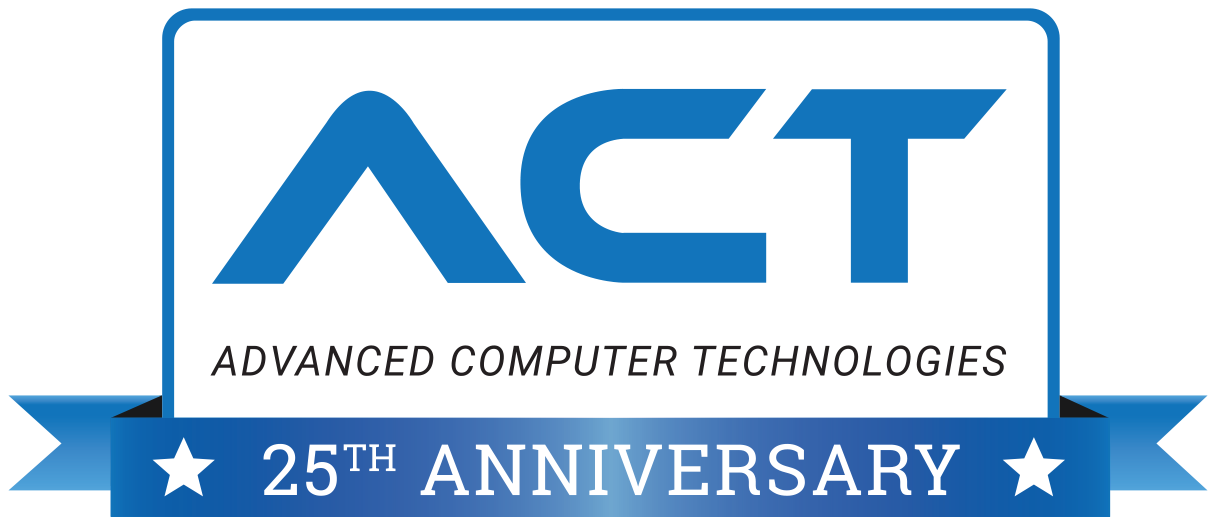If your medical practice is still running Windows 10, here’s the truth: the countdown has already started.
On October 14, 2025, Microsoft will officially end support for Windows 10. That means no more security patches, no bug fixes, and no technical support. And in a healthcare environment where uptime, security, and compliance matter every single day, this isn’t just an IT issue — it’s an operational and regulatory risk.
Let’s walk through what waiting could really cost you.
“We’ll Deal With It Later” Could Cost You More Than You Think
We understand — upgrading every workstation or laptop in your practice isn’t a glamorous line item. But procrastination carries a price:
- Your Patient Data Will Be Exposed
Unsupported systems are a hacker’s dream. Once Microsoft stops releasing updates, any new vulnerability in Windows 10 becomes a permanent risk.
That leaves PHI (Protected Health Information) wide open — and makes your practice a target for ransomware, phishing attacks, and data breaches. One breach could mean fines, lawsuits, and permanent damage to patient trust.
- Software and Hardware Will Stop Cooperating
EHR platforms, billing systems, and diagnostic tools are already optimizing for Windows 11. That means your critical healthcare applications may start glitching — or stop working altogether — if you stay on Windows 10.
Printers, security software, and even imaging devices may no longer sync correctly with your systems. The resulting downtime? Not good for care delivery.
- Lost Time = Lost Revenue
Outdated machines are slower, crash-prone, and drain staff productivity. If your front desk loses 10 minutes per day due to lag, and your billing team reboots their system twice a week, that adds up.
Multiply that across your entire team, and you’re looking at real money left on the table — not to mention added stress and frustration.
- Emergency Upgrades Cost More — Every Time
Waiting until a system fails means:
- Overnight hardware orders
- Rush IT fees
- Practice disruption
Planned upgrades are efficient and budget-friendly. Emergency replacements never are.
- Compliance Violations Are a Real Risk
HIPAA doesn’t just require good intentions — it requires documented, up-to-date security. After October 2025, Windows 10 will no longer meet HIPAA standards. That puts your compliance posture — and your practice — in jeopardy.
What NJ Practice Managers Are Doing Now
The smartest practice leaders aren’t waiting. They’re using this transition to:
- Audit devices for Windows 11 compatibility
- Identify outdated tools and streamline systems
- Plan IT upgrades around budget cycles
- Strengthen cybersecurity protections
How to Prepare for the Windows 10 End-of-Life — Without Disrupting Care
Here’s how to upgrade the smart way:
- Run a device compatibility scan — Not all workstations can handle Windows 11.
- Assess your applications — Make sure your EHR, PM, and other software are fully supported.
- Plan ahead — Avoid last-minute expenses by budgeting now.
- Work with a healthcare IT partner — We handle the transition, testing, and deployment while your practice keeps running.
Don’t Wait Until October to Upgrade to Windows 10
The Windows 10 deadline is coming fast. If you’re a healthcare provider in New Jersey, we can help you get ahead of it — without the stress, downtime, or budget shocks.
Click here to schedule your FREE Windows 11 Readiness Assessment.
